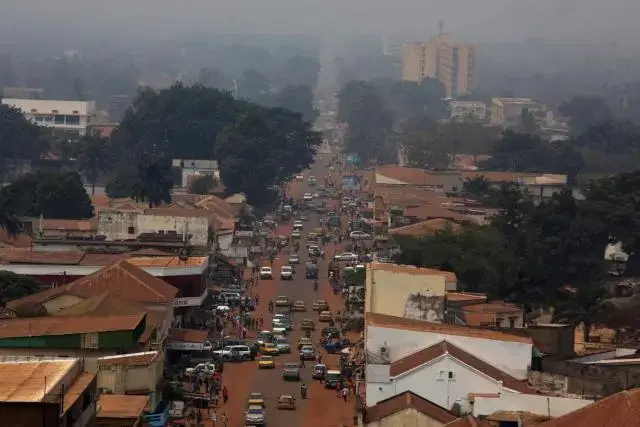
10 poorest countries in Africa in 2025
The International Monetary Fund (IMF) has identified Africa’s poorest countries in 2025 by GDP per capita (PPP), highlighting the deep economic challenges facing millions across the continent.
Many small countries struggle due to weak banking systems, limited resources, and tax policies that discourage investment. Larger economies face hurdles like political instability, poor infrastructure, and conflict.
Despite some progress in trade and governance, economic stability remains elusive. Experts suggest that boosting manufacturing, healthcare, and education could drive improvement as governments and international bodies seek long-term solutions.
Below are Africa’s ten poorest countries by GDP per capita (PPP) as of February 25, 2025, according to IMF data.
South Sudan
GDP-PPP per capita in South Sudan: $960.24
The youngest nation in Africa, South Sudan, has serious economic problems that are made worse by political unrest, violence, and its reliance on oil exports. Because of the economy’s extreme susceptibility to outside shocks, sustainable growth is a difficult undertaking.
Burundi
GDP-PPP per capita in Burundi: $1,009.
With a sizable population reliant on subsistence farming, Burundi is nevertheless experiencing economic challenges. Slow economic growth is a result of limited industrial development and difficulties with external trade.
Central African Republic (CAR)
GDP-PPP per capita in the Central African Republic (CAR): $1,314.
Prolonged political unrest has hampered the Central African Republic’s capacity to draw in foreign capital and establish long-term, sustainable enterprises. Food insecurity and restricted access to necessary services are problems for many residents.
Malawi
GDP-PPP per capita in Malawi: $1,765.
Malawi’s economy is mostly reliant on agriculture, however expansion is hampered by issues connected to the environment and a lack of industrialization. The nation has challenges in increasing employment possibilities and diversifying its economy.
Mozambique
GDP-PPP per capita in Mozambique: $1,787.
Natural disasters and difficulties in managing its natural resources cause Mozambique to experience economic volatility. Economic and political reforms are still essential for sustained prosperity.
Somalia
GDP-PPP per capita in Somalia: $1,900.
Somalia is still suffering economically as a result of persistent security issues. It has been challenging to create viable industries and draw in international investment due to political unpredictability and inadequate governance frameworks.
Democratic Republic of Congo (DRC)
GDP-PPP per capita in the Democratic Republic of the Congo (DRC): $1,908.
Despite the DRC’s abundance of natural resources, progress has been hampered by political unrest and economic instability. Despite the nation’s enormous natural resources, many people nevertheless live in poverty.
Liberia
GDP-PPP per capita in Liberia: $2,003.
After years of economic instability and civil violence, Liberia has had difficulty recovering. Despite initiatives to enhance governance and infrastructure, many people continue to face financial difficulties.
Madagascar
Madagascar’s GDP per capita (PPP) is $2,062.
Political unpredictability, a lack of industrialization, and climate-related problems that impact agriculture are Madagascar’s main economic problems. It is still imperative to make investments in industry and infrastructure in order to promote economic development.
Niger
GDP – PPP per capita in Niger: $2,084
High population growth, low industrialization, and climate change all pose problems for Niger, placing strain on the country’s meager resources and public services.
